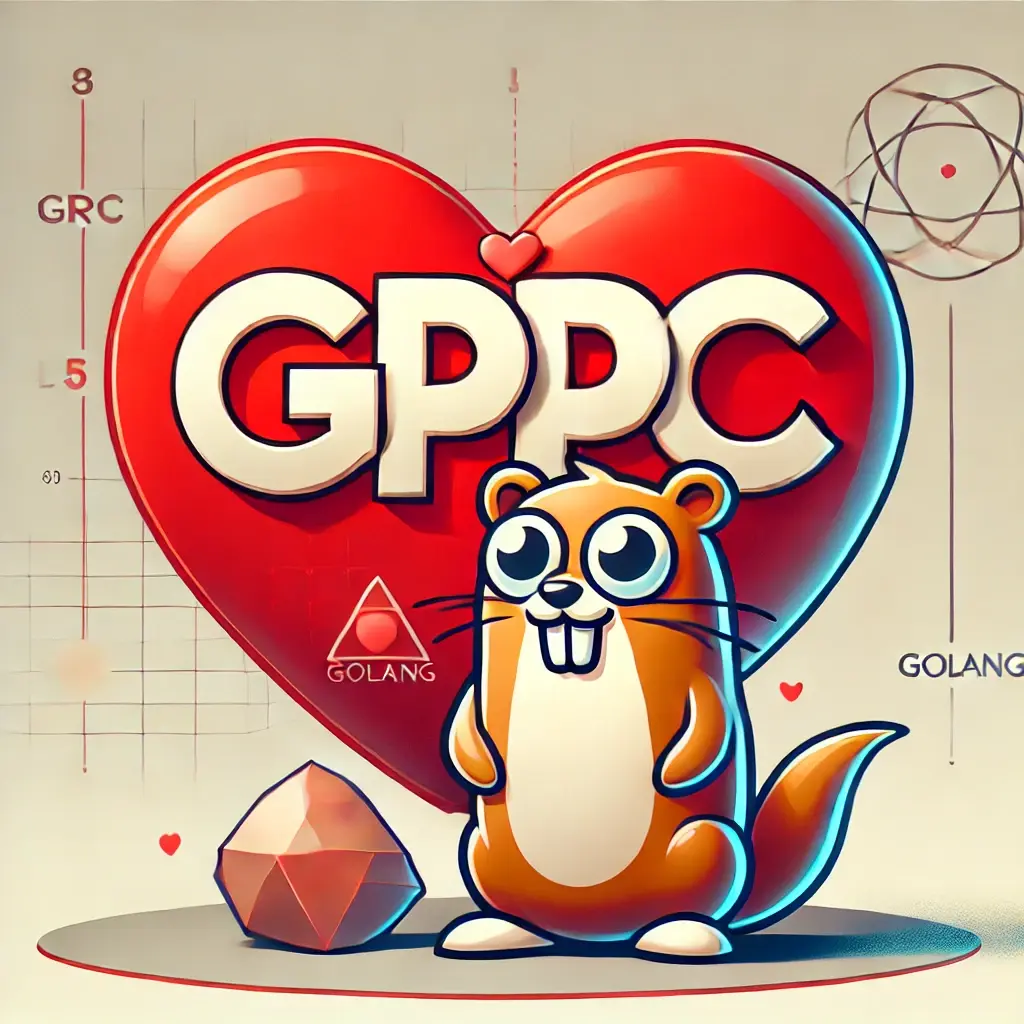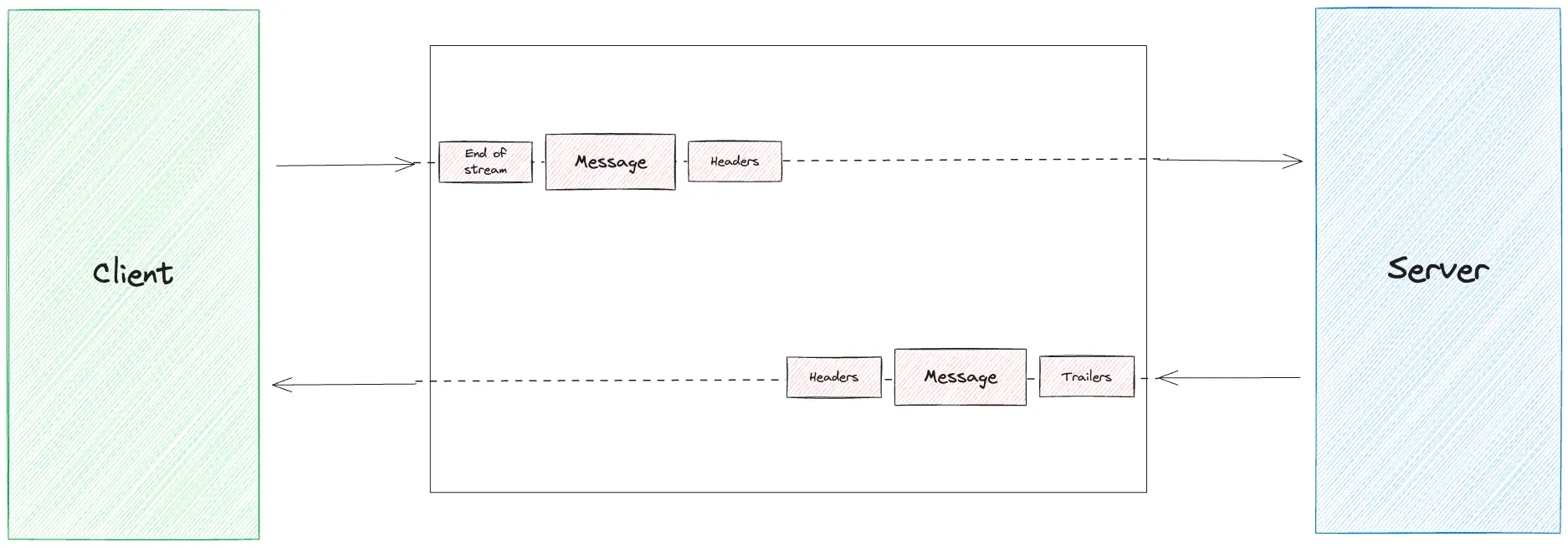
Why gRPC and Go are a Match Made in Heaven
Unless you have been living under a rock, chances are you have heard of gRPC. It’s also rare to hear gRPC mentioned without Go. In this blog, we’ll start with the basics to help you understand why so many people love gRPC and why it’s particularly excellent when paired with Go.
What is gRPC?
gRPC is an open-source, high-performance RPC framework developed by Google. It enables applications to communicate across different environments using HTTP/2 for transport, Protocol Buffers (protobuf) for serialization, and built-in features for authentication, load balancing, and more. Don’t worry if that sounds confusing – it’s all covered in our course.

gRPC is language-agnostic, meaning it can be used with many different programming languages, making it a great choice for microservices architectures and cloud-native applications. If some of your applications are in Go, and some in other languages, you’ll benefit a lot.
Why do gRPC and Go Work So Well Together?
There are many reasons – here’s a summary of the most important ones.
-
Simplicity and Performance
Both gRPC and Go are designed with simplicity and performance in mind. Go’s design and simple concurrency model make it a great choice for writing high-performance servers. Similarly, gRPC’s use of HTTP/2 and Protocol Buffers results in a lightweight, fast communication protocol. -
Efficient Serialization with Protocol Buffers
gRPC relies on Protobuf, a language-agnostic binary serialization format, to encode messages. Protobuf is known for its efficiency, both in terms of size and speed, making it ideal for high-performance applications. Go has excellent support for Protobuf, with a well-maintained library (protoc-gen-go) that generates Go code from.protofiles. -
Built-in Concurrency with Goroutines
Concurrency is a key aspect of building scalable networked services, and goroutines provide an easy way to do that. gRPC uses them under the hood in its Go servers. -
Simpler Development Experience
Go’s strong standard library, combined with gRPC’s auto-generated client and server code, creates a pleasant development experience. You can focus on writing business logic without getting bogged down by boilerplate code or configuration. Additionally, gRPC’s tooling and code generation features make it easy to implement APIs and manage service contracts. -
Ecosystem and Community Support
Both Go and gRPC have strong, active communities and are backed by Google, ensuring a high level of ongoing support and development. The Go community has embraced gRPC, leading to a rich ecosystem of libraries and frameworks. -
Cloud-Native Compatibility
Go and gRPC are both well-suited for cloud-native applications, which are designed to run in environments like Kubernetes. Go’s small binary size, fast startup time, and efficient memory usage make it a great choice for containerized applications, while gRPC’s support for features like deadline propagation, retries, and error handling aligns perfectly with cloud-native principles.
If you weren’t already excited, we hope this blog has got you interested in gRPC. After watching our detailed course, you’ll likely be looking to adopt it at your company!
